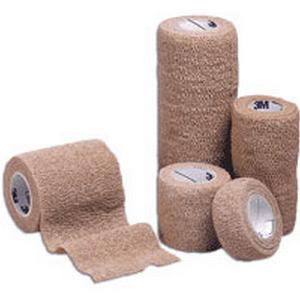Urinary catheters have been used for more than 3,500 years to drain the bladder when it cannot drain itself. They are made of rubber, plastic, or silicone materials. They come in many shapes and sizes and are an essential member of the urological supplies family.
Why Catheters?
Urinary catheters are used if for some reason the bladder will not empty itself. When urine builds up in the bladder, it puts pressure on the kidneys. This can be incredibly dangerous because the pressure can lead to kidney failure and permanently damage the kidneys.
Reasons for Catheter Use
There are many reasons that a person's bladder is not properly functional, and therefore a catheter is required. The most common reason is that the flow of urine is blocked by something like a kidney stone, blood clot, or severely enlarged prostate gland. Surgery on the prostate gland or genital area may also result in the need for a catheter. Finally, nerve injury, spinal cord injury, certain medications, or physical disability may warrant the use of a catheter.
Types of Catheters
Intermittent catheters are also referred to as short-term catheters. After a surgery, for example, a patient may only need a catheter for a short period of time while they recover.
There are also indwelling and external catheters available for patients. Indwelling catheters can have a short or long-term use, and reside inside of the bladder. External catheters are placed outside of the body and are typically more comfortable.
Closed system catheters are a self-contained, sterile, pre-lubricated catheter housed within a collection bag. Closed system catheters are a part of the intermittent family. The self-contained collection bag makes it a great type of catheter for patients who need a wheelchair or cannot easily get out of bed. Closed system catheters also have a very minimal risk of infection because of the type of introducer tip it uses. They come in many different sizes, so they can be used for almost every patient who requires a catheter.
Urinary catheters are very beneficial for patients who cannot urinate on their own, regardless of the reason. They are available in hospitals as well as for home care. If you need more information on catheters, contact us today.



























































































